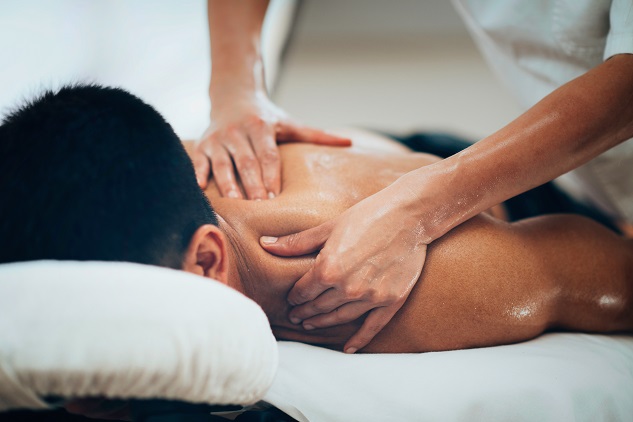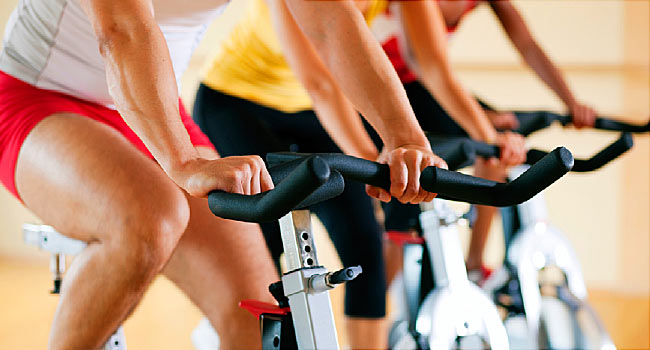Top Tips For Runners To Prevent Injury
1. Pace Yourself
It is important to incorporate a more relaxed running pace in your training schedule. Often runners make the mistake of running at a pace which isn't compatible with their level of fitness. It shouldn't be seen as a failure to set a more relaxed pace as a slower metabolic process that converts stored fats into usable energy is better. How to assess if you are running at the right pace... make sure that you can talk comfortably!
2. Vary Your Training
It is generally easier to stick with what you know and feel comfortable with. However if you continue with this approach progress will tend to slow down. Mix it up a bit and do some slow training and some interval training to help the body adapt.
3. Don't Overload Your Muscles
There are three variables in training that can be controlled: frequency, intensity and volume. If you decide to change all of them at the same time then the body won't be able to cope and has the potential to become injured. Don't fall into the temptation of always pushing hard and overloading the body. It doesn't make you fitter! Ensure you interchange hard periods of training with rest periods and the body will then be able to adapt and grow stronger.
4. Recover Effectively
The body gets stronger when it has the time to heal effectively. It is important to obtain a balance between training, rest and nutrition to ensure good levels of fitness, motivation and to prevent injury. Consistency is key.
5. Think Long Term
Ensure that you organise your training into phases and also incorporate strength and conditioning into your plan to ensure optimum fitness. For example if you have just run a marathon don't suddenly stop running or start intense training immediately after. It is all about a balanced approach to training.





